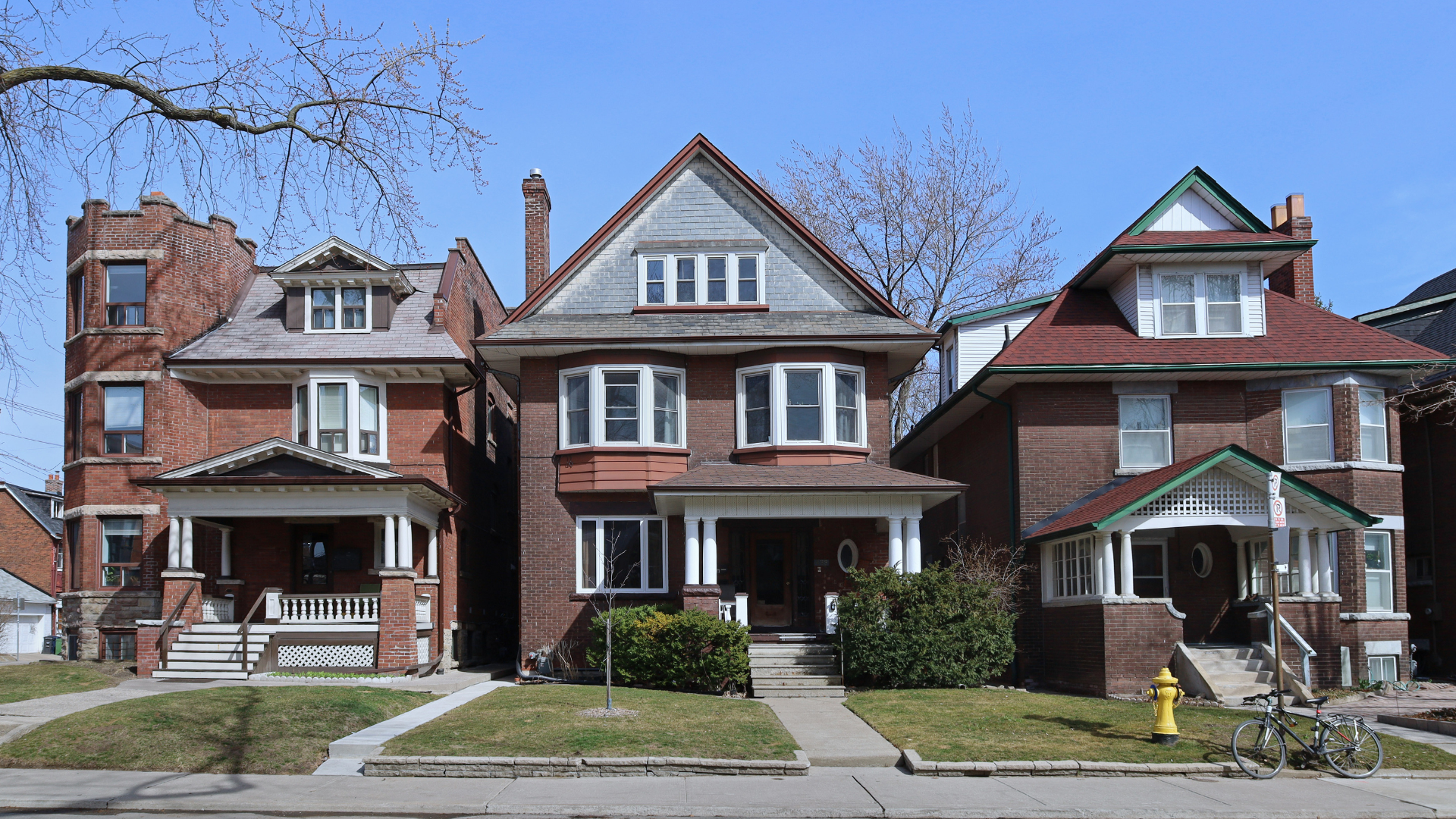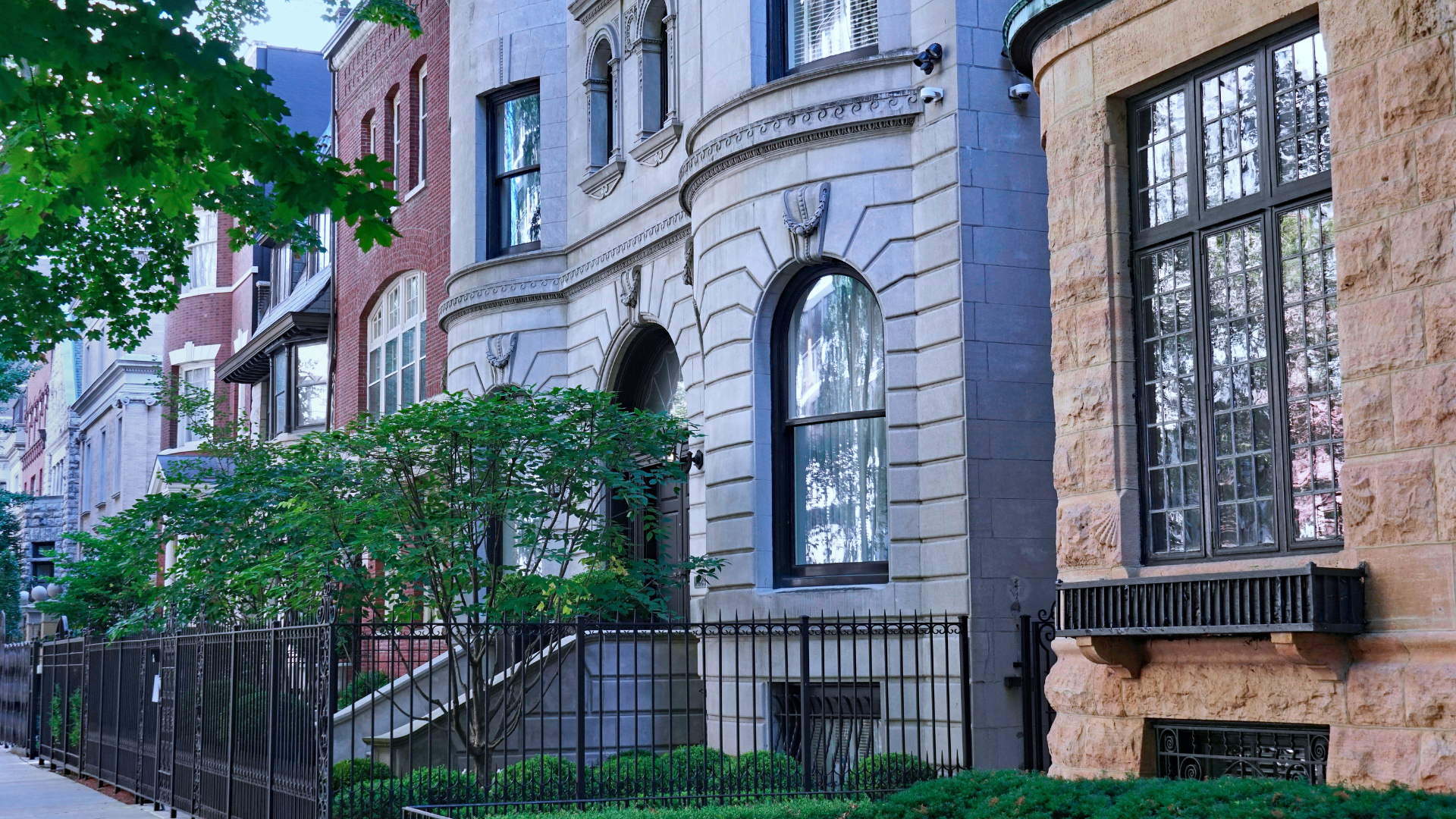

About 150 members attended a forecast event on Friday, Jan. 23 co-hosted by the Chicago Real Estate Council and CCIM Illinois Chapter.
- Strongest GDP expansion in 10 years 2015 looks stronger, buoyed by business cap-ex, construction and low oil prices leading to a modest uptick in consumer spending.
- Recovery uneven among sectors Since recession in 2008, Education and health services, professional and business services, and leisure and hospitality have added 5.7 million net new payroll jobs, while the manufacturing and construction sectors trail their pre-recession peaks by a combined 2.8 million jobs (as of December 2014)
- Interest rates expected to rise slowly The plunge in oil prices and slowing global growth will restrain inflation, giving the Federal Reserve room to keep rates low if they so choose.
- Chicago has fifth-strongest sales market in U.S. 1. Manhattan 2. Los Angeles 3. San Francisco 4. Boston 5. Chicago (Looking at sales volume, all property types, selected markets)
- Chicago’s still a bargain Liquidity and projected rent growth have pushed some notable sales in the New York and San Francisco markets towards cap rates in the 3 percent to 4 percent range, while Chicago is at 6.7 percent.
- Metro unemployment plummets in Midwest Chicago unemployment has hit a six-year low with 140,000 new jobs in 2014. But this only marks 84 percent of Chicago jobs recovered from the recession, which is now (just) 63,000 jobs below pre-recession peak.
- Suburban Growth Rents historic high and vacancies are at a post-recession low. In suburbs, absorbing about 1.6 million square feet of total net space, vacancy fell below 20 percent for first time in nearly six years and rents are averaging $22 per square foot.
- Viewspace (Tracking rents for space at 20th floor and above) In Chicago’s central business district, of 35.5 million square feet of viewspace – there was a total absorption about 550,000 square feet where vacancy fell to about 11.5 percent with average rents at $39.78, which is about $5 above city’s overall average.
- Suburban Migration to Chicago’s Central Business District This trend has brought over 3.4 million square feet to the city’s market since 2008, which represents 9.7 percent of the total leasing activity between 2008 and 2014.
- Tech Boom From 2005-2008, tech leases accounted for an average of 3 percent of the top 20 leases. Since 2012, tech sector occupier demand has been an average of 1.5 million square feet each year.







